Yes, this really happened. In the 1950s, Las Vegas didn’t just host card games and lounge acts. It also threw parties to watch nuclear test explosions in the desert.
People set alarms for 4:00 a.m., grabbed “atomic cocktails,” and cheered as giant mushroom clouds rose on the horizon.
What were these parties?
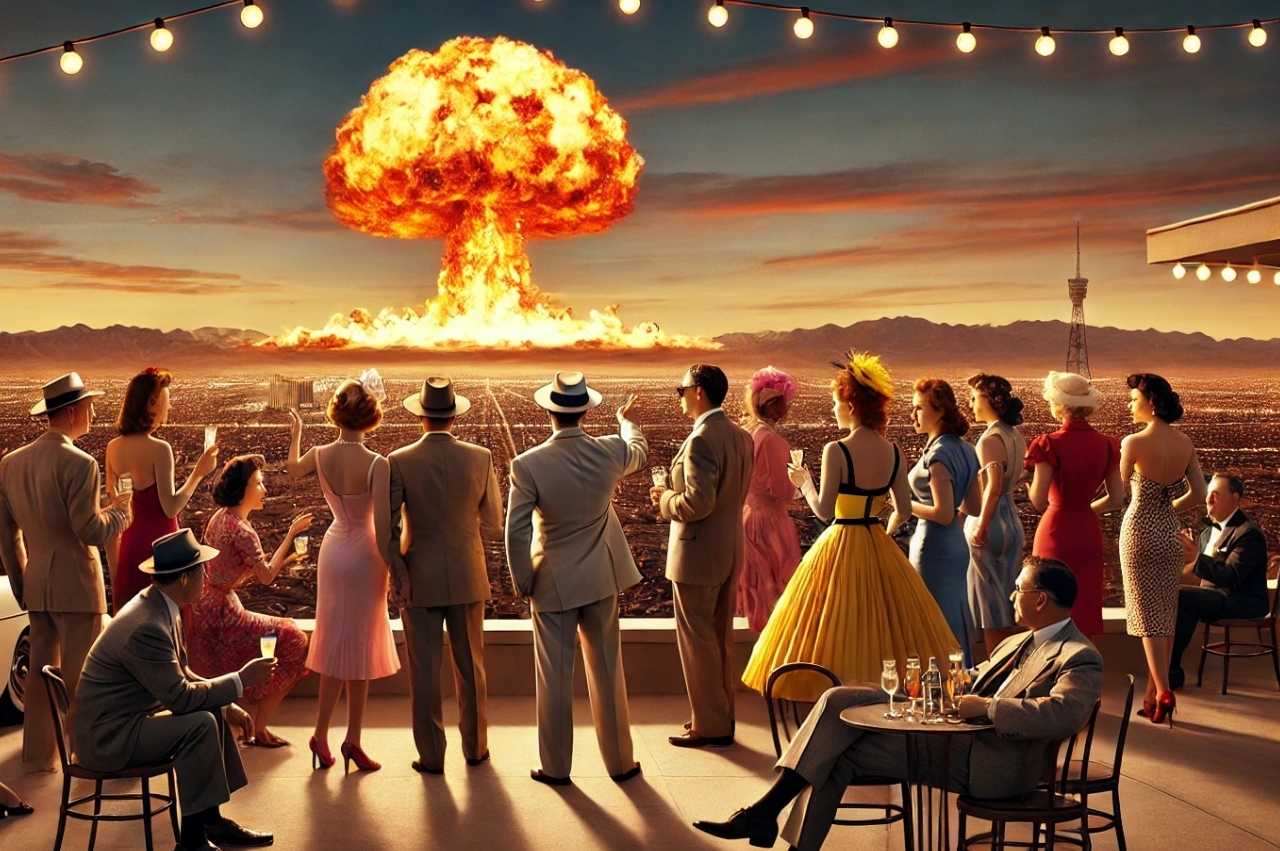
From 1951 onward, the U.S. government tested nuclear bombs at the Nevada Test Site (now the Nevada National Security Site), about 65 miles northwest of Las Vegas. The blasts often happened just before sunrise.
When conditions were right, you could see the flash and, a little later, the towering mushroom cloud from parts of Las Vegas. Locals and tourists turned this into an event: rooftop viewings, themed drinks, and “Dawn Bomb Parties.”
Newspapers printed test schedules so people could plan their mornings. Restaurants offered “atomic ham-and-eggs” breakfasts. Bartenders mixed “atomic cocktails.”
Which hotels joined in?
Several well-known spots leaned into “atomic tourism”:
- Desert Inn (opened 1950): Known for its upscale crowd, the Desert Inn advertised pre-dawn viewing and breakfasts timed to tests. Guests would head to high vantage points to catch the glow over the desert.
- The Sands Hotel and Casino (opened 1952): Famous for the Rat Pack later on, the Sands also surfed the atomic wave early in the decade with themed promotions and early-morning gatherings.
- Atomic Liquors (opened 1952, downtown): Not a hotel, but too important to skip. Regulars watched blasts from the rooftop bar. The place literally took its name from the tests.
Other Strip hotels - like the Sahara and El Rancho Vegas (operating until it burned in 1960) - promoted early breakfasts or talked up the view when tests were scheduled. Downtown, crowds gathered along Fremont Street and on rooftops when a blast was expected.
Why were nuclear tests held there in the first place?
The government chose the Nevada desert for several practical reasons:
- Remote and controlled land: The test area sat inside a huge block of federally controlled desert (next to the Nellis Air Force Range), far from big cities.
- Good weather and clear skies: The dry climate and frequent clear mornings made it easier to measure and film tests.
- Wind patterns: Planners aimed for winds that would carry fallout away from major population centres on the West Coast (though downwind communities in Nevada and Utah were still harmed - a serious part of this history).
- Proximity to labs and bases: It was close enough to Los Alamos and other facilities to move people and equipment efficiently.
- Cold War urgency: The U.S. was racing to develop and understand nuclear weapons. The Korean War and tensions with the Soviet Union pushed testing forward.
Why did the parties seem so… absurd?
Because they blended danger with everyday fun.
Imagine clinking glasses while a nuclear device explodes just over the mountains. People wore mushroom-cloud hats, posed for themed photos, and bought “atomic” souvenirs. Hotels folded the blasts into their entertainment calendars like they were fireworks shows.
Looking back, it feels unbelievable. But it made a kind of 1950s sense.
The flip side, which the parties glossed over, is serious: radioactive fallout affected downwind communities, soldiers involved in test exercises, and site workers. Later government reports, court cases, and “Downwinder” testimonies document long-term health impacts.
What did a “dawn bomb party” feel like?
Picture this: It’s still dark. The Strip’s neon is buzzing. On a hotel roof - say, the Desert Inn or the Sands - people shuffle in coats and party clothes, cups steaming or clinking. Someone passes an “atomic cocktail” (think strong, sparkling, and very on-theme). A countdown whispers through the crowd.
Then – flash - a bright light washes the sky, silent at first.
A slow “whoa” rolls over everyone. Minutes later the sound hits, a low, far-off thump. On the horizon, a pale stem rises into a white, billowing cap: a mushroom cloud, huge and unreal.
Cameras click. Breakfast is served.
How we know all this
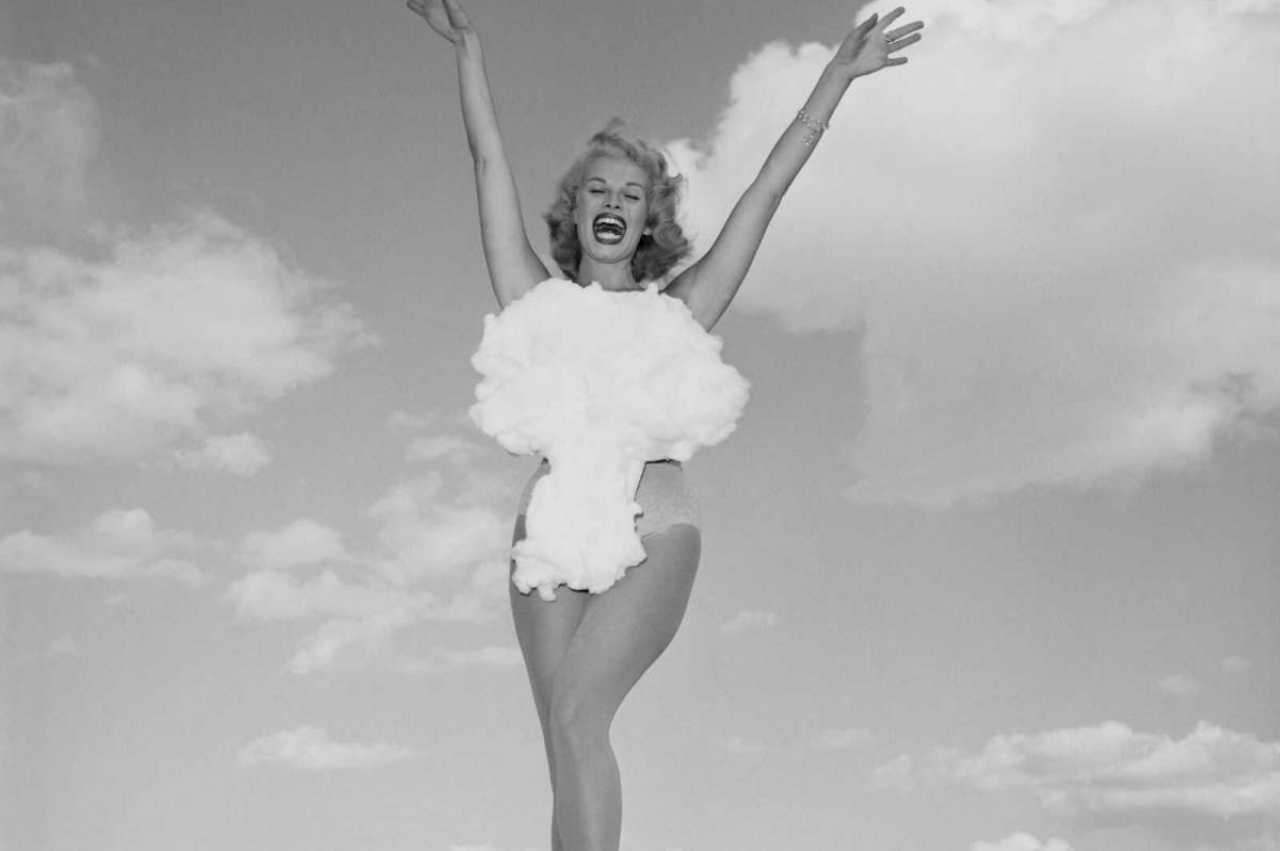
This story isn’t a rumour. It’s backed by:
- Newspapers: The Las Vegas Sun and other papers published test schedules and photos of hotel promotions.
- Museums: The National Atomic Testing Museum (Las Vegas) and Nevada State Museum preserve artifacts, ads, and oral histories.
- Photo archives: The iconic 1957 “Miss Atomic Bomb” photo of Lee Merlin and images of rooftop watch parties appear in reputable collections and books about Las Vegas history.
- Government records: The Department of Energy and National Nuclear Security Administration document test dates, locations, and reasons the site was chosen.
Recipe: The Atomic Cocktail
- 1 oz vodka
- 1 oz. cognac
- 1/4 oz. sherry
- Champagne
Stir the first three ingredients with ice and pour into a coupe.
Top with Champagne, sparkling wine or a dry Prosecco.
.jpg)
.webp)

.avif)
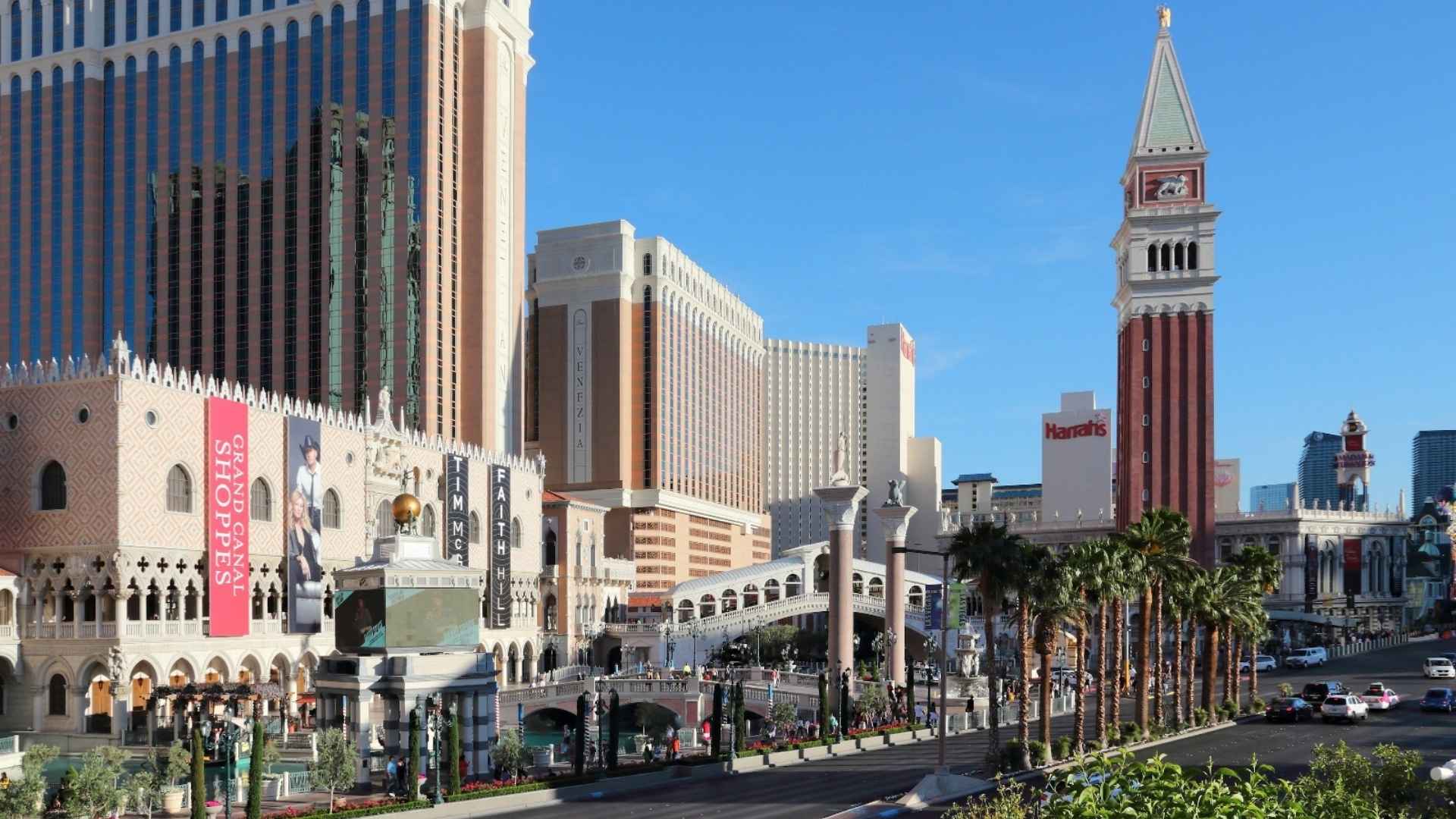
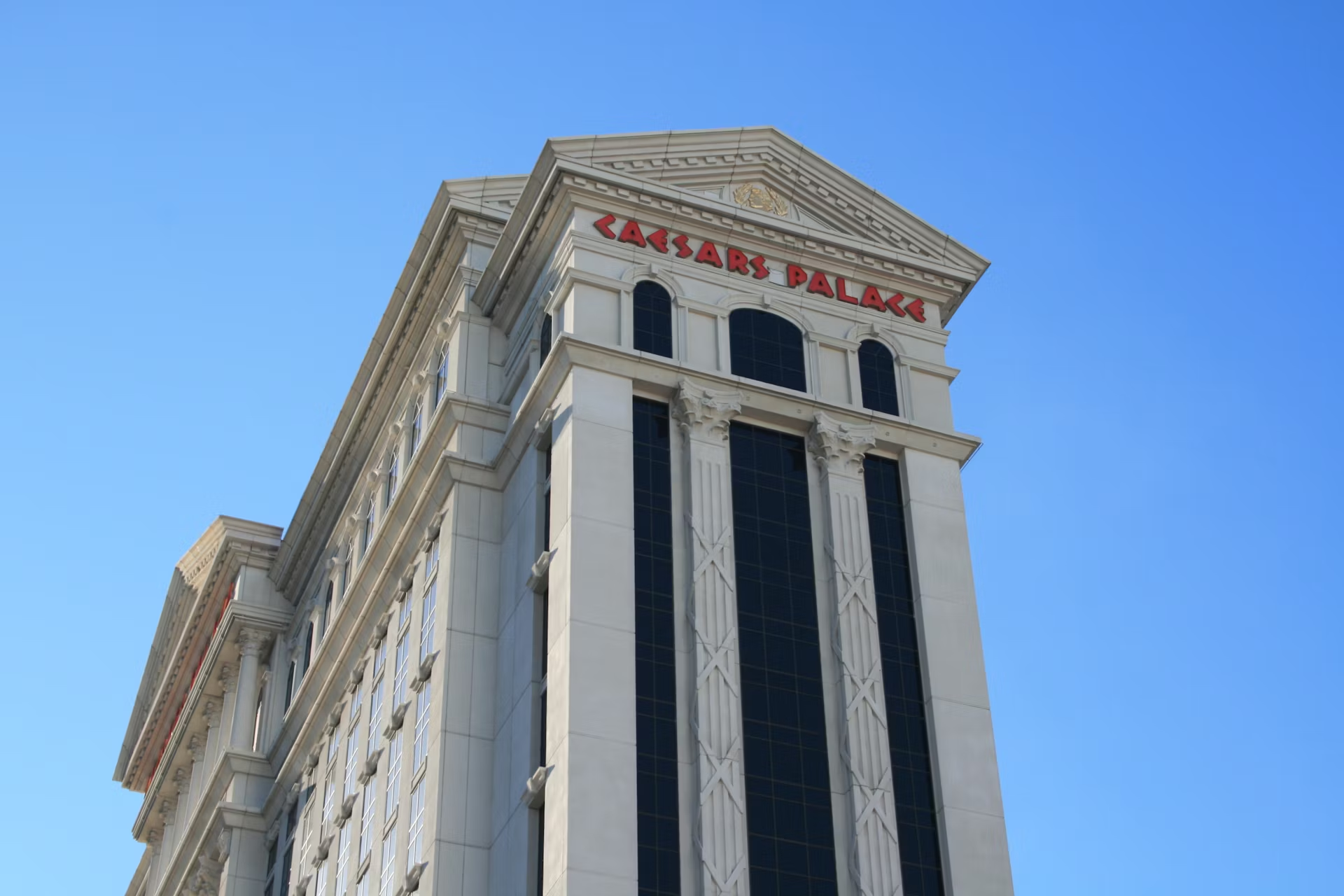
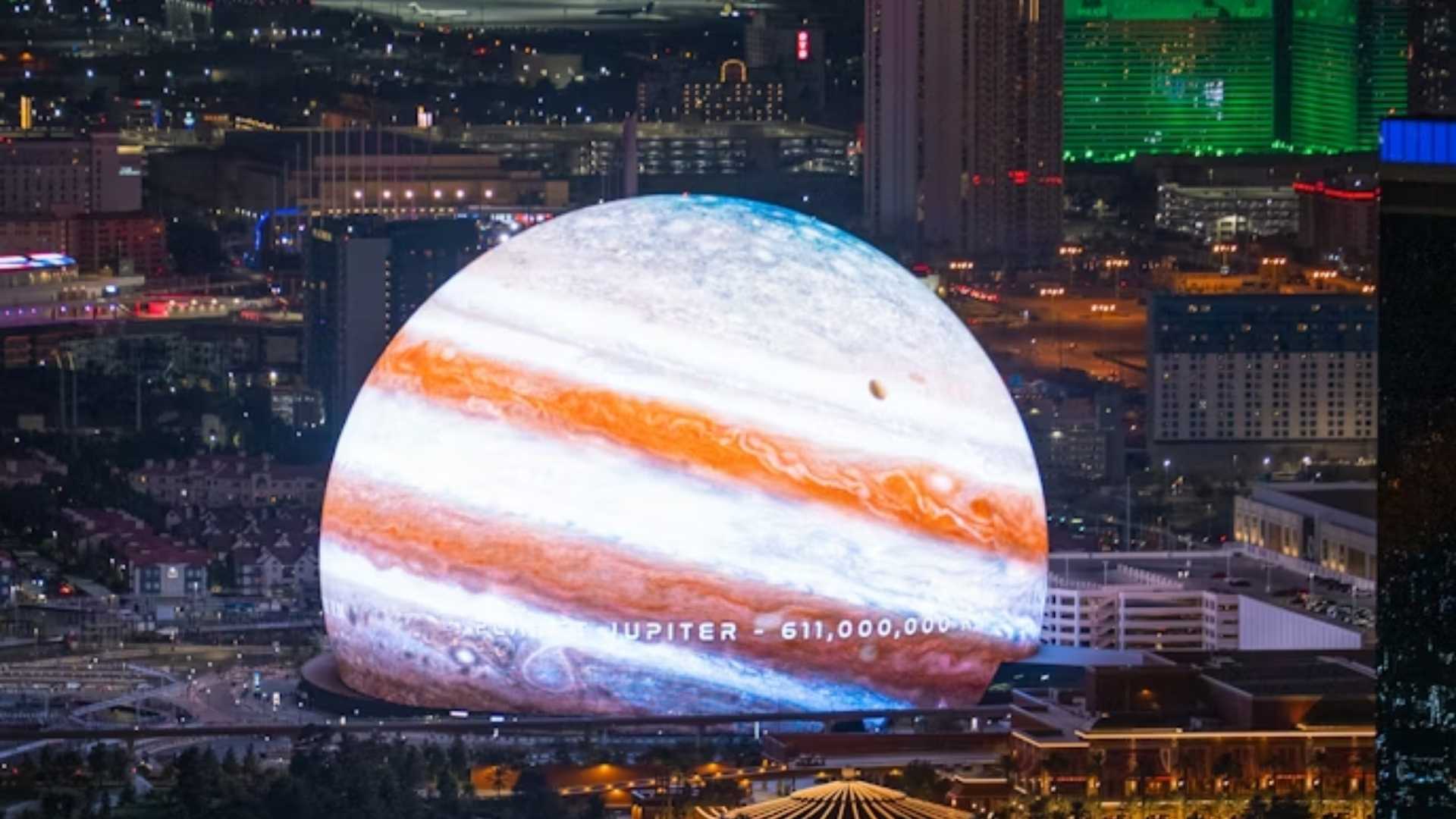
.jpg)
.jpg)
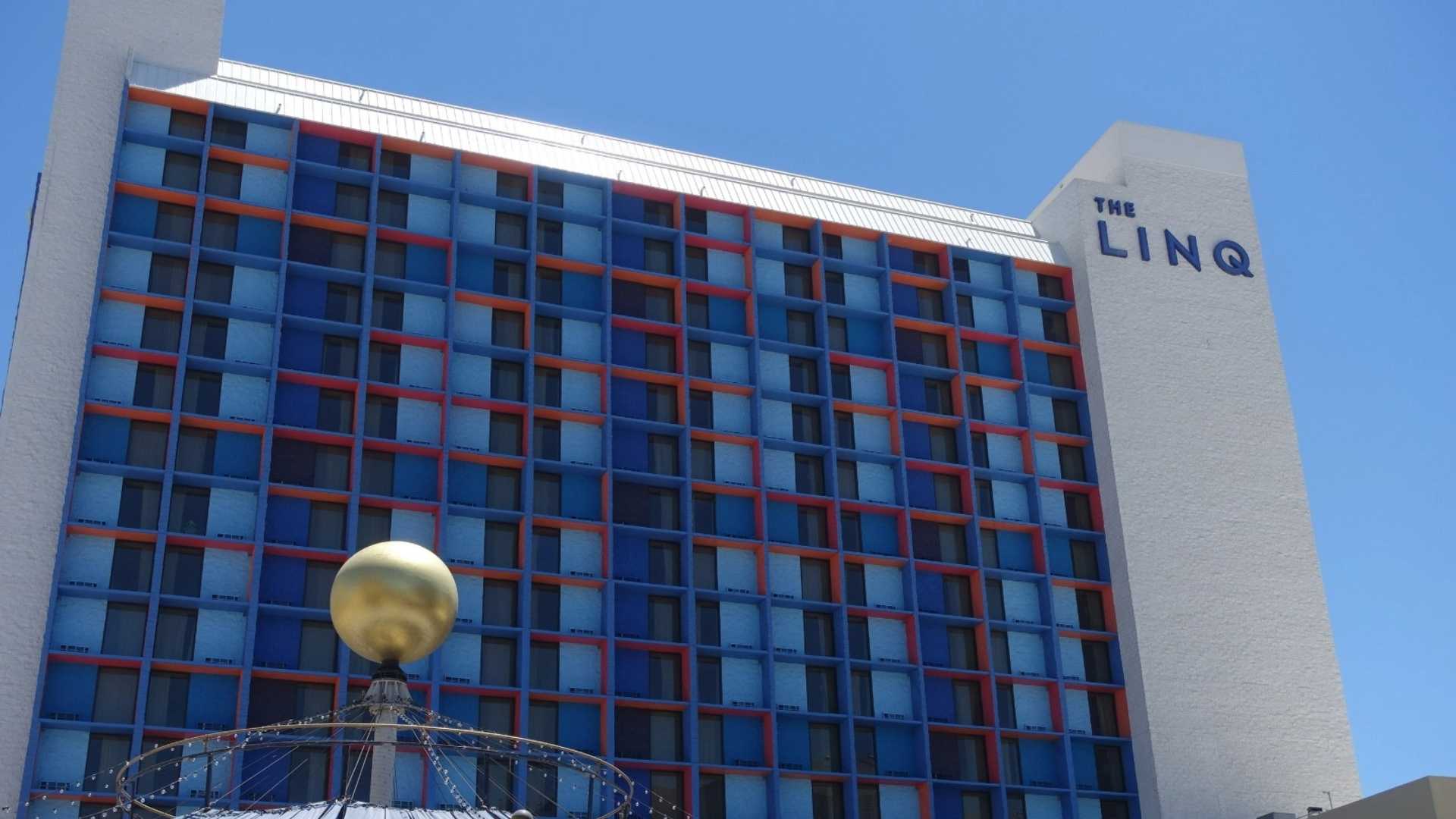
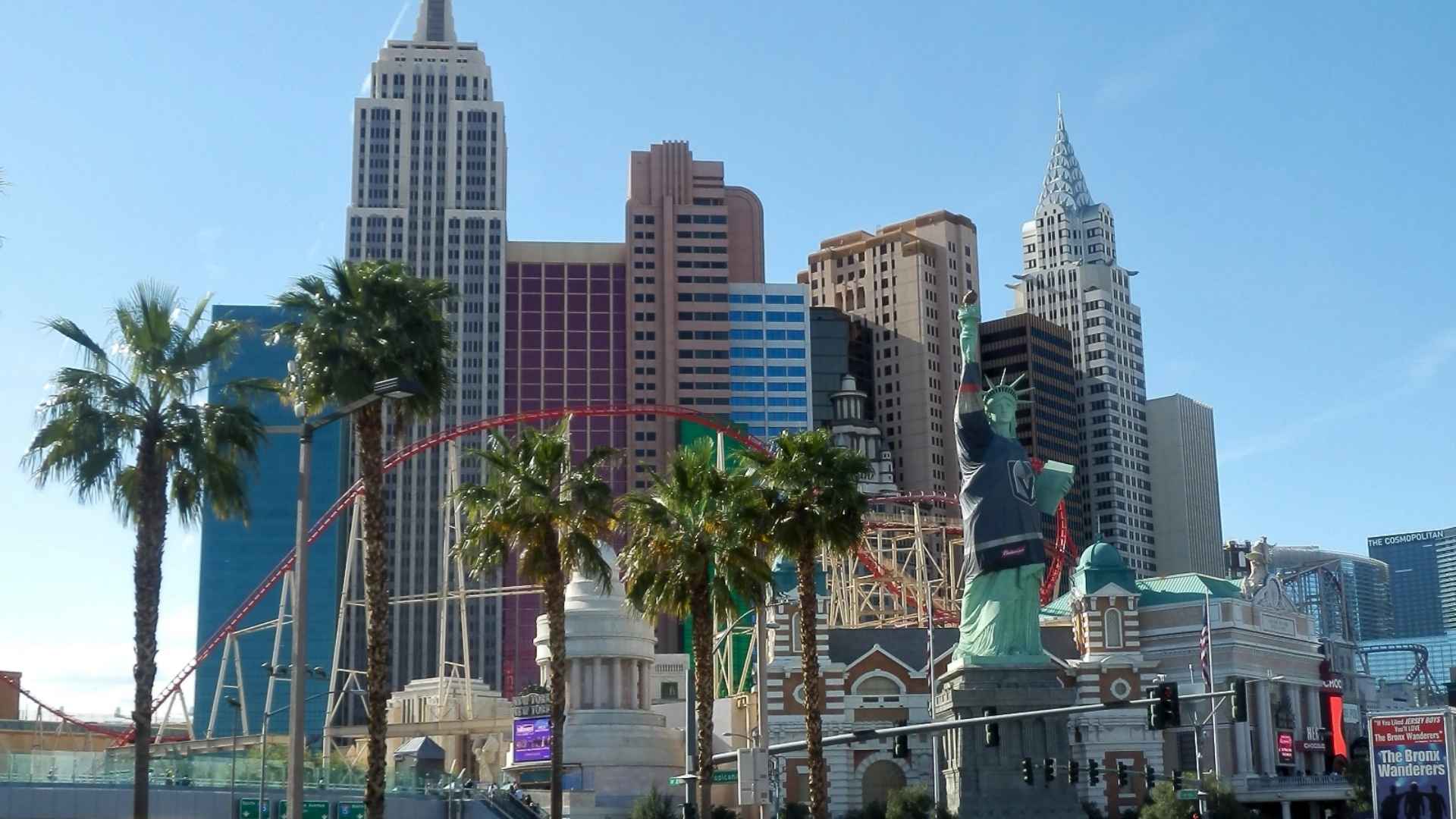
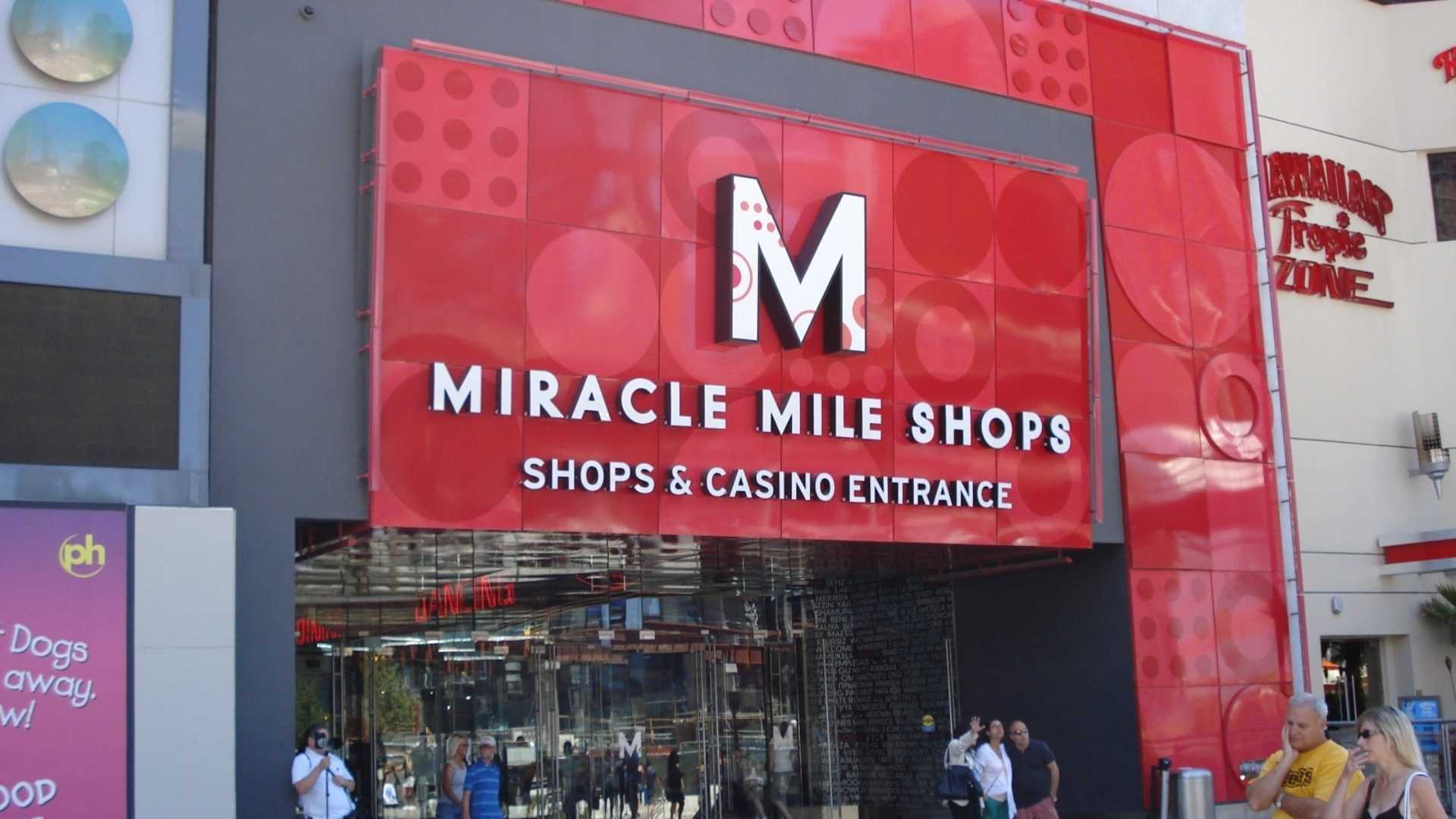

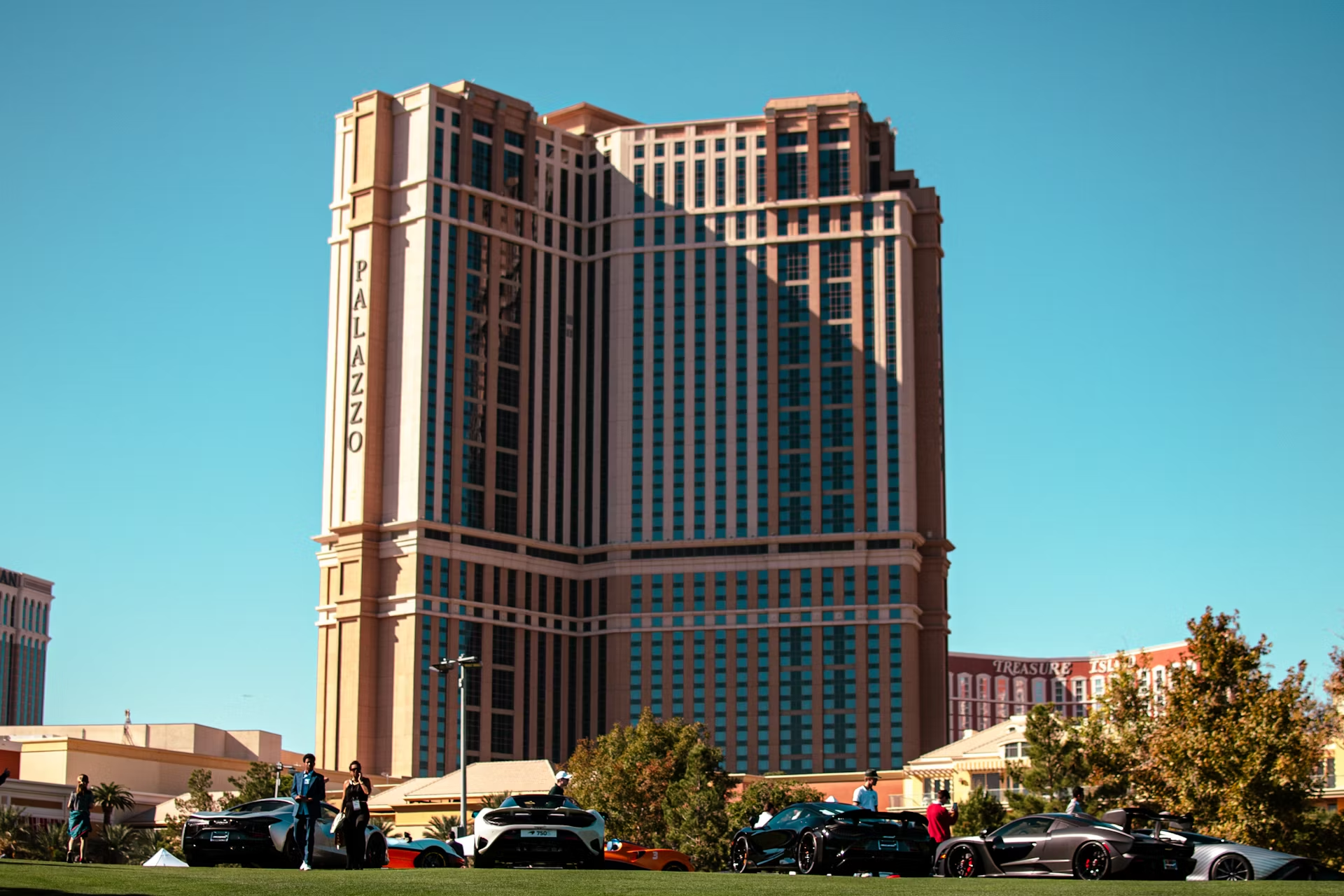
.avif)





